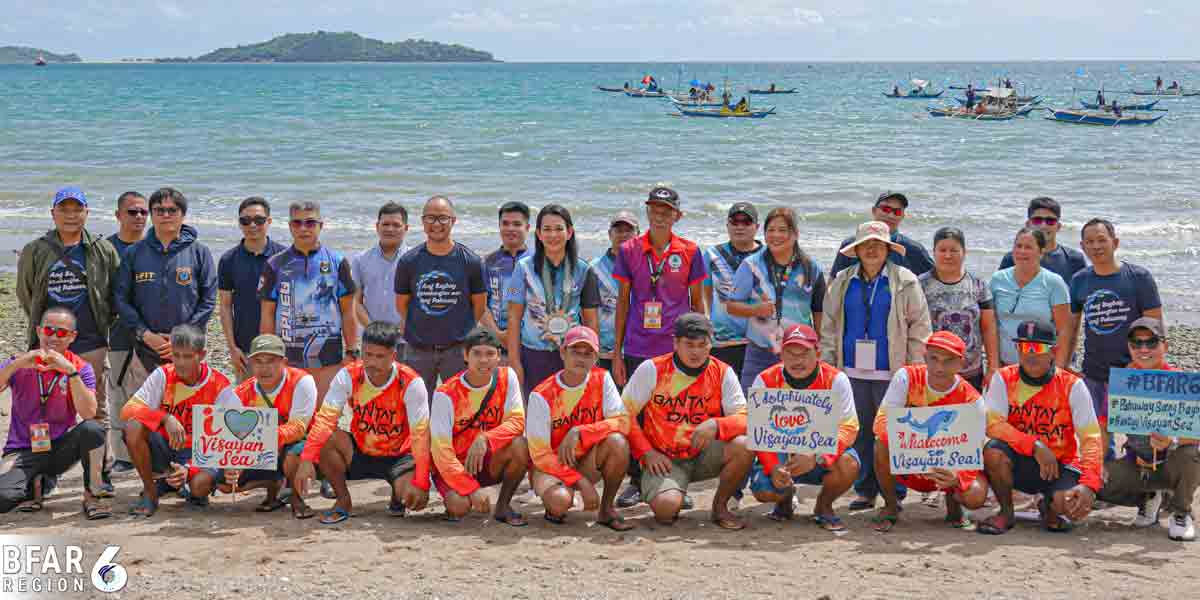The recent decline in Iloilo’s fishing industry presents a severe challenge to the region’s food security and economic stability.
A report by the Institute of Contemporary Economics (ICE) highlights an alarming 42.1% decline in fisheries production from 2020 to 2023, marking the largest year-on-year drop since 1980.
From 2020 to 2023, Iloilo’s fisheries production plummeted by a staggering 42.1%, marking the first instance of three consecutive years of decline since records began in 1980. The volume of production fell from 80,000 metric tons in 2020 to just 36,000 metric tons in 2023. This collapse has led to a dramatic drop in the value of fisheries output, which decreased from nearly PHP 10 billion in 2021 to PHP 5.417 billion in 2023, the lowest since 1999.
This downturn has profound implications, not only for the livelihoods of fishers but also for the broader economic landscape of Iloilo.
There are several contributing factors to the decline, if current trends and events are to be considered.
For one, overfishing has depleted fish stocks, reducing the availability of key species such as milkfish and blue crab. Environmental degradation, including pollution and habitat destruction, has further exacerbated this decline. The degradation of coastal ecosystems, vital breeding grounds for many species, has led to a significant drop in fish populations.
Climate change is a major factor as well. Changing sea temperatures and extreme weather events have disrupted marine ecosystems. These changes affect the reproductive cycles of fish and other marine life, leading to lower yields. Iloilo’s fishing community is particularly vulnerable to these climate impacts, which have intensified in recent years.
Inadequate infrastructure and outdated fishing technologies have hindered the sector’s productivity. Poor storage facilities and inefficient supply chains result in high post-harvest losses. Investment in modern equipment and infrastructure is crucial to enhance the industry’s resilience and efficiency.
The pandemic disrupted supply chains and restricted movement, severely impacting fishing activities. The closure of markets and reduced demand led to significant financial losses for fishers, further compounding the industry’s woes.
The economic ramifications are severe, with the value of fisheries output dropping to PHP 5.417 billion in 2023, the lowest since 1999. The decline affects not only fishers but also related industries such as processing and distribution. The downturn threatens the food security of Iloilo, where fish is a staple part of the diet.
The collapse of the fisheries industry also contrasts sharply with the agricultural sector’s performance, which has seen record harvests in palay and improvements in other crops. However, the interdependence of agriculture and fisheries in Iloilo means that the overall economic stability of the region is at risk.
The decline in fisheries production also poses a direct threat to food security. Fish is a primary source of protein for many Filipinos, and the reduced availability and increased prices of fish products can lead to nutritional deficiencies and higher food costs for households. This situation is particularly alarming given the region’s reliance on fisheries for dietary needs.
What can be done to save the situation?
Adopting sustainable fishing practices is crucial. This includes enforcing regulations on fishing quotas, protecting marine habitats, and promoting community-based resource management. Sustainable practices can help replenish fish stocks and ensure long-term viability.
Investing in climate-resilient infrastructure and practices is vital. This involves enhancing early warning systems for extreme weather events, adopting climate-smart aquaculture techniques, and improving coastal protection measures. Building resilience will help mitigate the impacts of climate change on the fishing industry.
Modernizing fishing equipment and infrastructure can significantly improve productivity and reduce post-harvest losses. Investments in cold storage facilities, efficient supply chains, and modern fishing vessels are essential. Government and private sector collaboration can drive these advancements.
Effective policies and community engagement are key to addressing the decline. The Philippine Statistics Authority’s agriculture and fisheries census will provide valuable data for informed policy-making. Engaging local communities in decision-making processes ensures that solutions are tailored to their specific needs and contexts.
The collapse of Iloilo’s fishing industry requires immediate and sustained action. The region’s food security and economic stability depend on a robust and resilient fisheries sector.
By adopting sustainable practices, investing in infrastructure, and building climate resilience, Iloilo can revive its fishing industry and ensure a prosperous future for its communities.
The time to act is now, to safeguard the livelihoods of thousands and secure the region’s economic future.

























